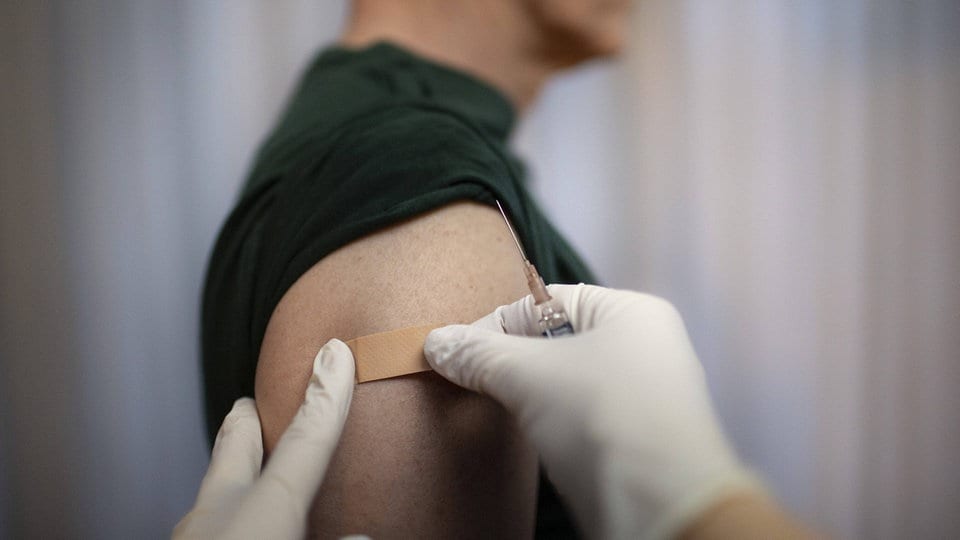In the same arm again or would you prefer the other one for a change? Everyone who went for the second, third or even fourth corona vaccination faced this choice. Anyone who always chose the same place for the different vaccine doses could have gained a slight immunological advantage. This is indicated by a new one, now in the specialist journal Science Immunology published study.
–
The focus of the researchers: B memory cells
A team of US researchers led by Masayuki Kuraoka from Duke and Harvard Universities vaccinated mice against the flu twice, one to three months apart. One group of animals received both doses of vaccine in the same hind leg, the other group received the doses in opposite legs.
–
The researchers then took a close look at the B memory cells. B cells, like T cells, belong to the so-called adaptive immune system, i.e. the part of our defenses that first have to be developed when a new pathogen arrives. Certain types of B cells are responsible for the production of antibodies, the tiny proteins that ideally bind to a specific pathogen, thereby clumping and blocking it and marking it for the immune system’s scavenger cells.
–
Mice: Greater improvement in immune response with second vaccinations in the same leg
These B cells are formed in germinal centers in the lymph nodes. If, for example, a corona vaccine is injected into muscle tissue and virus recognition molecules (antigens) are generated there, these antigens are primarily transported to the nearest lymph nodes and B cells are formed there against precisely these recognition molecules.
–
In the present study, the researchers were able to demonstrate that B cells that have already developed are reactivated and further improved when the vaccine is given again. This happened especially in the mice that received both doses of vaccine in the same leg. Here the germinal centers were particularly strongly activated. Reactivation and improvement of memory B cells also occurred in the animals that received the vaccine doses in different legs, albeit to a somewhat lesser extent.
–
Independent researchers: Results not directly applicable to humans
Does that mean that the corona vaccination worked less well for people who had the vaccine doses injected in different places? That’s not entirely clear. “A direct transfer of the data to humans or other vaccines is not possible. Human B-memory cells are mutated much more highly, which suggests that they are repeatedly recruited into germinal center reactions and mutate there over a long period of time,” says the B-cell Researcher Hedda Wardemann from the German Cancer Research Center (DKFZ) in Heidelberg, who was not involved in the study.
–
It is therefore probable that the maturation processes in the human lymph nodes are stronger and are probably also repeatedly stimulated by contact with pathogens in everyday life. Marc Seifert, also not involved immunologist at the University of Duisburg-Essen, does not believe in a big difference either: “This influence can be measured at the molecular and cellular level, but is mild overall and probably for the success of a secondary infection or a booster immunization not crucial.”
–
Most people are already being vaccinated in the same arm anyway
Nevertheless, the researchers believe that further studies that repeat the experiment in humans could definitely bring important insights. However, Thomas Winkler, geneticist at the University of Erlangen-Nuremberg, does not believe that such studies would change practice much. Because: “In the vast majority of people, the same arm is usually vaccinated anyway, just to avoid the impairment of the ‘preferred’ arm, such as in right-handed people who are vaccinated on the left.”
–
–

